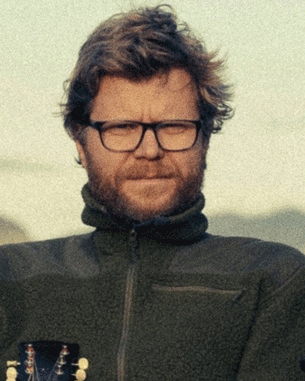Anders Erik Røine will defend his PhD degree in Culture Studies. The doctoral work has been carried out at the Faculty of Humanities, Sports, and Educational Science.
Title of thesis: Rhythmic structures in Norwegian traditional tunes - A comparative study of phrasing practices on jews harp, lilting, Norwegian dulcimer and Hardanger fiddle.
Read the thesis here (hdl.handle.net)
 You are welcome to follow the trial lecture and the public defence on campus.
You are welcome to follow the trial lecture and the public defence on campus.
Join virtually: Zoom
Summary
This dissertation explores phrasing practice in Norwegian folk music on Jew's harp, Lilting, Norwegian dulcimer, and Hardanger fiddle, focusing on "gangar," "halling," and "springar" tunes.
Phrasing practice is how notes/rhythmic components are tied together through onsets. Scholarly attention to this aspect of traditional dance music has been limited.
The study uses ethnomusicological research tradition to understand culture-specific concepts and theoretical concepts of affordance and material agency. Hand-on experience with traditional tunes is crucial for developing research questions and methods.
Software-based onset detection and notation systems have improved analysis and transcription. The study shows that phrasing structures are present across instruments to a significant degree, with variations in asynchronous and synchronous phrasings.
Part two emphasizes formative mechanisms at the intersection of instrument and body, indicating negotiation between technical solutions and changing musical norms.
Part three explores alternative explanations for deviations in phrasing practice, linking them to technological development, institutionalization of playing techniques, influential performers, and changing communities of practice.
The study sheds light on a little-studied dimension of rhythmic practice in Norwegian traditional tunes and provides new insights into factors shaping this practice. Methodological tools developed may be useful for further studies of phrasing practice in other forms of music.